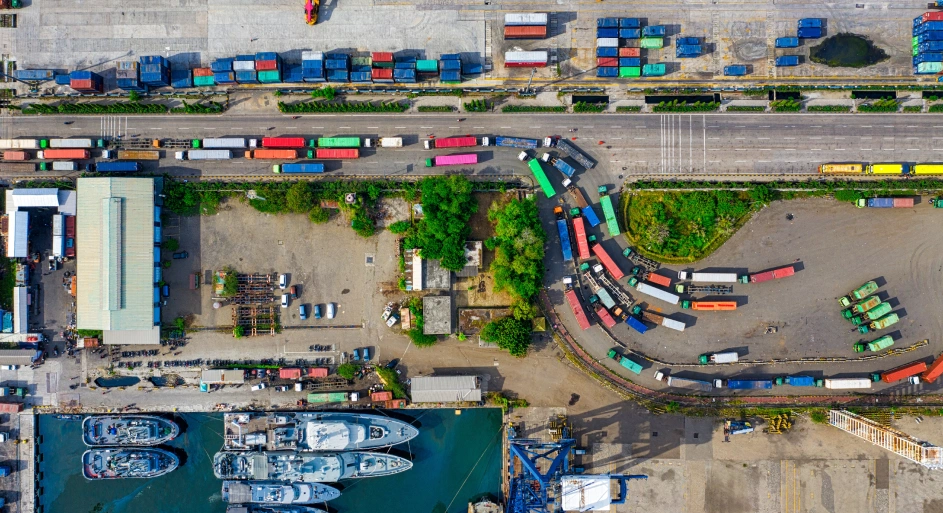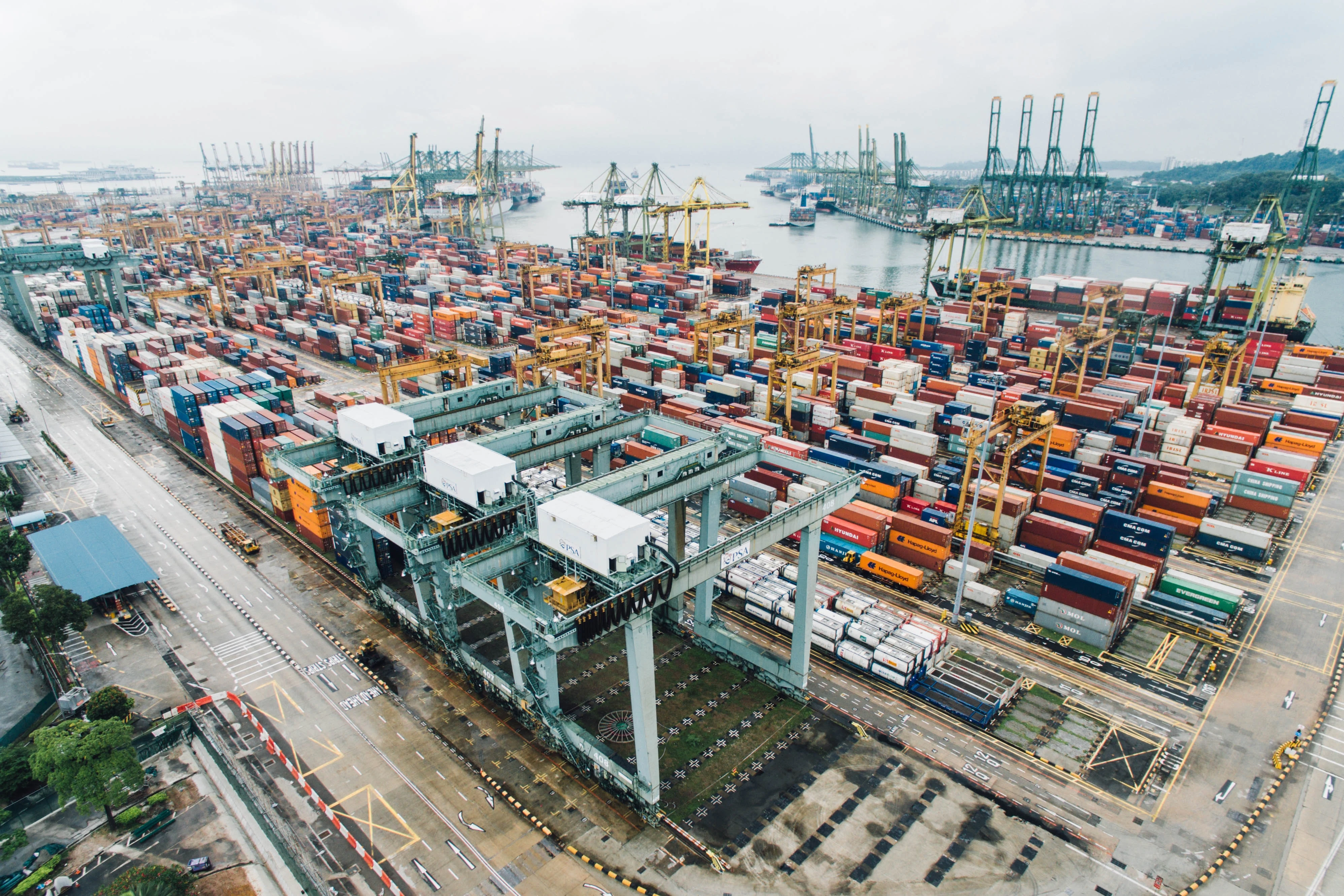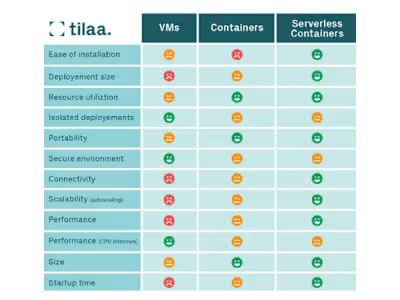2,200-word blog for Hive: What is supply chain?

A supply chain is the link between your business and your suppliers to produce specific products and services, and then deliver those goods and services to your customers. Supply chain management is the planning of all your supply chain activities, which includes sourcing materials, product development and logistics.
Supply chain management is important because it allows for better collaboration with your suppliers, better quality control, optimized shipping, reduced overhead costs and inventory, and improved risk mitigation. Plus, stronger cash flow and a much more agile business.
In this blog post, we will go over the steps in the supply chain, different supply chain models, disruptions to the supply chain, and how to create a sustainable supply chain.
What are the steps in a supply chain?
There are five key steps that are central to every successful supply chain:
Planning
Sourcing
Making
Distribution
Reverse Logistics
Planning: creating a successful supply chain strategy
A successful supply chain is built on a strong strategy. Planning involves a wide range of activities, but is ultimately key to your overall operations strategy. One of the major decisions you will have to make in the planning stage of your supply chain is whether to manufacture your product in-house or purchase it from a supplier.
Planning also involves mapping out your network of manufacturing facilities and warehouses, and then deciding on the levels of production and determining transportation flows between your sites. Plus, you will need to assess how to improve the global supply chain and its management processes, especially amid supply chain disruption due to the Russia-Ukraine conflict.
When putting together a management plan, you need to ensure that it aligns with your overall business strategy, and that methods of measuring performance and gathering data are clearly established before planning starts.
Sourcing: procuring your materials
Sourcing involves organizing the procurement of raw materials and components to make your products. You will need to procure goods and services at the best possible price, in the right quantity and at the right time. Once you have vetted suppliers, you will need to negotiate contracts and schedule deliveries.
If you are working with a network of suppliers, you must monitor their performance, manage your inventory and your company assets to ensure that you continue to meet your import and export commitments.
Making: production and testing
This part of your supply chain involves scheduling the production, testing, packing and distribution of your products. At this stage, it's a good idea to get feedback from your customers on your products to continuously improve your production operations.
Distribution
Distribution includes processing enquiries from customers to distribution strategies and identifying transport solutions. You will also need to manage your warehousing and inventory or consider hiring a third-party to manage these on behalf of your business.
Reverse logistics: your returns management strategy
Reverse logistics, also referred to as returns, involves the management of defective products that are returned. You will need to identify the condition of products, authorize returns, schedule shipments, replace defective products and provide a refund.
Returns will also involve dealing with 'end-of-life' products - those goods that have reached the end of their lifecycle and a vendor will no longer make, market or sell.
Your company will need to set terms and conditions for:
Product returns
Monitoring performance and costs
Managing the inventory of returned products

Types of supply chain models
There are six types of model:
The Continuous Model
The Fast Model
The Efficient Model
The Agile Model
The Custom-configured Model
The Flexible Model
The continuous model
The continuous supply chain model is structured for the continued scheduled delivery of goods, ensuring that there is a steady flow of products and resources. This model works in businesses where there is supply and demand stability - typically established brands - and where there is minimal variation in customer demand.
The fast model
The fast model is often used by businesses manufacturing products with a short market lifecycle. If you change your products frequently, then the fast model allows you to get your products to market quickly before they lose their relevance.
The efficient model
If your business is in a highly competitive market, the efficient supply chain model allows you to meet your logistics demands and retain a competitive edge. This model makes inventory management a top priority, allowing for maximum output from production equipment and labor.
The agile model
To have an agile supply chain, your business must have four key components in place:
Virtual integration
Process alignment
Network base
Market sensitivity
Virtual integration requires your business to monitor market demand in real-time. Process alignment means sharing the responsibilities of your supply chain across the business. This can be achieved by keeping a co-managed inventory system, utilizing collaborative product design and ensuring that all parts of your supply chain are in sync with each other.
The network base component means that there is an equal contribution from all of your business departments in your supply chain process. The market sensitivity component is responding to the rate of production immediately based on changes in demand.
The agile supply chain model is ideal if your business operates in a market where demand variation is high.
The custom-configured model
This model is basically a combination of the continuous and agile supply chains. If your business has multiple product configuration requirements, this model is ideal. Essentially, if you offer your customers the option to customize your products, it's likely that the custom-configured supply chain model is the best fit for your business.
The flexible model
If your business experiences seasons of high and low demand, the flexible supply chain model allows you to quickly adapt to peak and non-peak periods. To establish a flexible supply chain, three key components need to be in place:
Part segmentation
Accurate stocking algorithms
Flexible planning
These components can quickly be established by diversifying your suppliers and embracing automation in manufacturing.

What does a supply chain manager do?
A supply chain manager monitors the entire supply chain cycle. From the flow of production and purchasing raw materials to the delivery of the final product, a supply chain manager will oversee every stage.
Keeping track of logistics and inventory levels are also key responsibilities of a supply chain manager. Plus, they will collaborate with vendors and suppliers to ensure that every part of the supply chain meets operational, quality and safety standards.
Supply chain managers are the driving force behind building a sustainable supply chain to meet demand. They are the glue that keep suppliers, vendors, and shipping companies in check while ensuring customers get the very best from your business.

Supply chain management vs. business logistics management
Don't confuse supply chain management and business logistics management, they are different. Logistics management is more focused on the movement and storage of your products, while supply chain management is far more comprehensive. Find out more about what logistics means and involves here.
Managing your supply chain involves the coordination of everyone involved. The goal is to streamline processes to ensure the smooth and efficient flow of goods and services that deliver an excellent customer service experience.
Supply chain management is purely focused on managing the network of entities that contribute to your entire supply chain. Whereas business logistics management is largely focused on the internal movement of goods, moving and storing items at different points along the supply chain.
Supply chain management handles all the high-level processes of your operation, meaning that it sets the strategy and directs the logistical activities of your business on a daily basis. Logistics management is an aspect of your supply chain, and the goal is to get goods and services to consumers on time and at a competitive price.
Supply chain disruptions
In recent years, several events have hit UK supply chains hard. Brexit, COVID-19, the blockage of the Suez Canal, higher energy and commodity prices and the Ukraine-Russia conflict have all contributed to widespread supply chain disruption.

Brexit supply chain impact
In a recent article published by Raconteur, it was claimed that supply chain disruption is now the 'norm' for UK companies. Logistics industry leaders have cited Brexit as one of the fundamental problems behind supply chain disruption.
In particular, Brexit has been blamed for creating a mass shortage of staff in Britain, while a series of new border controls - introduced at the end of January 2022 - has seen trade between the EU and Britain plummet. Meanwhile, further border controls on food and animal products are still to come.
Haulage, food and drink, hospitality and construction have been particularly badly hit by staff shortages. In the haulage sector, which is essential for the transport of components and finished goods, a lack of drivers has caused massive supply chain delays.
Meanwhile, agriculture, clothing and textiles, chemicals and pharmaceuticals, automotive and financial services have all felt the pinch of supply chain disruption caused by Brexit.
Furthermore, Brexit led to a change in trade rules between Britain and the EU. Goods now traded between the UK and Europe are now subject to extensive customs and regulatory controls, adding to costs and increasing delays across the supply chain.
Check out our post here if you are looking for guidance about customs regulations in Europe and the UK.
Impact of Covid-19 on supply chain
Amid Brexit, COVID-19 also struck the world, affecting the global supply chain. With borders and many businesses forced to shut down operations, supply chain disruption was at its peak. In particular, border closures and staff shortages created by pandemic restrictions were key contributors to huge supply chain disruptions.
Meanwhile, the panic buying of goods throughout successive lockdowns also contributed to supply chain disruptions as businesses struggled to replenish inventory
Despite the world gradually opening back up, the post-pandemic era is still largely plagued by global supply chain issues.

Creating a sustainable supply chain
Amid worldwide supply chain disruption, it is still possible to create a sustainable supply chain. Building sustainability into your supply chain will help to futureproof your operations. According to a recent report by British Assessment, supply chains account for more than 80% of a consumer company's emissions.
To build a sustainable supply chain, you can implement five steps:
Identify the sustainability issues with your supply chain - Analyze your entire supply chain and break it down to identify opportunities where things can be improved. For example, could you reduce emissions by reducing the number of haulage runs your business makes?
Create a circular supply chain - A circular supply chain aims to reduce waste - or even eliminate it entirely. Many of your products may end up as waste after they are used. With a circular supply chain, you can recycle those products by having them returned to you.
Reduce fuel consumption - This is more than just encouraging drivers not to idle their engines. There is an opportunity to implement Safe and Fuel Efficient Driving, training drivers to drive in a manner that will reduce emissions and reduce your fuel costs
Scrap dead mileage - Look into ways to make return journeys more efficient. Maybe there are materials that could be transported back to you as part of a return run. Perhaps you could hire out your fleet for a portion of a return journey by transporting items for another business.
Involve your suppliers - While you might be able to control most aspects of your supply chain, you will have to engage your suppliers, transport providers and other third parties in the sustainability conversation. Try to encourage and reward a positive attitude toward sustainability among your supply chain network.
What KPIs should I use to measure the efficiency of the supply chain?
There are many KPIs you can measure to gauge the efficiency of your supply chain. Some include:
Perfect Order - some of the components of this KPI include on-time delivery, in-full delivery, damage-free delivery and accurate documentation. This KPI can help you determine customer satisfaction levels.
Cash to Cash Cycle Time - this KPI shows the number of days it takes between paying for raw materials and getting paid for the products you sell. It also shows how your storage and delivery services are performing. Plus, this KPI can help you to identify the efficiency and effectiveness of your supply chain assets.
Fill Rate - Arguably the most important supply chain KPI, which you can use to monitor order fill and line fill rates.
Inventory Days of Supply - This KPI allows you to track the number of days you can sustain your inventory without restocking. This helps you to track inventory volumes across warehouses so that you can replenish it before levels of high demand.
Freight Bill Accuracy - Monitoring freight bill accuracy helps you to spot errors that could harm your business reputation and cashflow. Besides profitability, this KPI also helps you to meet customer expectations and identify negative trends in your billing.
Conclusion - our supply chain best practices
Building an effective supply chain requires planning and having the right people and suppliers in the right place at every point. To create a supply chain that will last, follow these supply chain best practices:
Hire and develop professionals
Align your supply chain team
Build alliances with suppliers
Purchase your supplies in volume to cut costs
Diversify your supplier relationships to avoid delays
Improve demand forecasting
Optimize your inventory management
Track your supply chain metrics
Increase your supply chain visibility
Centralize your document management
Improve your order to pay process
Invest in environmental and social sustainability
Practice risk mitigation and compliance
Invest in technology and software
How Hive can add value to your supply chain
An efficient, successful supply chain relies on access to real-time information and analytics. Your strategy should be driven by what the data tells you so that you can adapt quickly when you need to.
However, the most powerful tool in supply chain optimization is a comprehensive supply chain management solution that can support the demands of your business and that's where Hive can help. We can help you stay on top of things and plan better with comprehensive data on your inventory, orders, and returns. Plus, we can help you save time and money navigating the supply chain through freight forwarding.
Want to see more about how we can support your supply chain? Discover our product, here.
Like this project
Posted Aug 18, 2023
A 2,200-word ghost written SEO blog for Hive detailing what a supply chain is and how it works.








